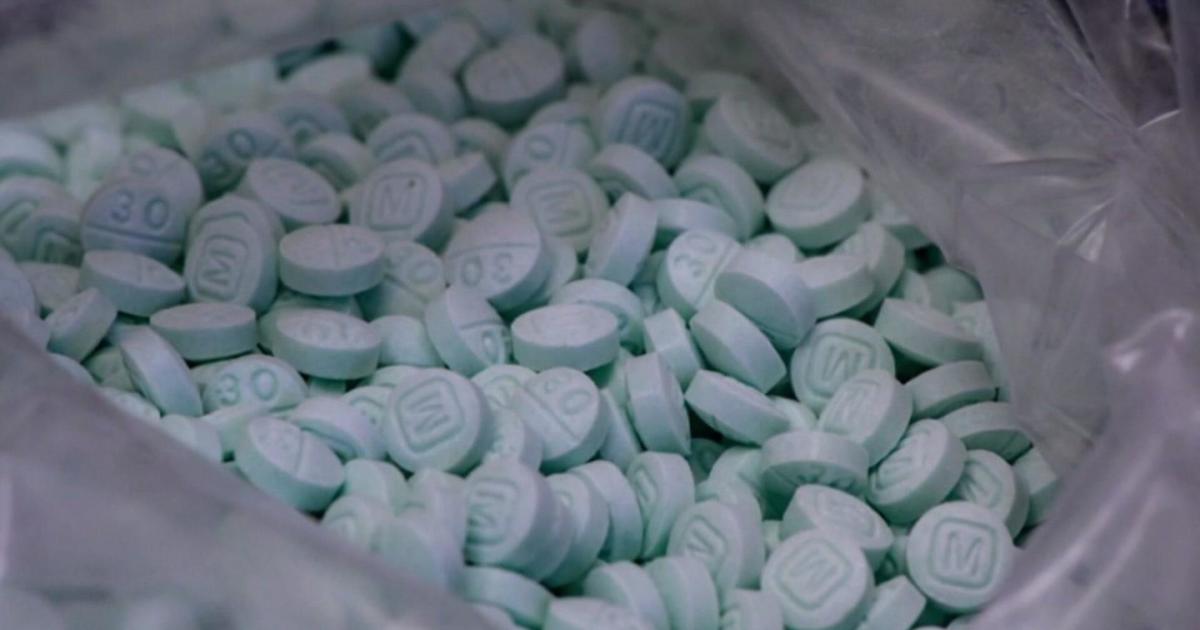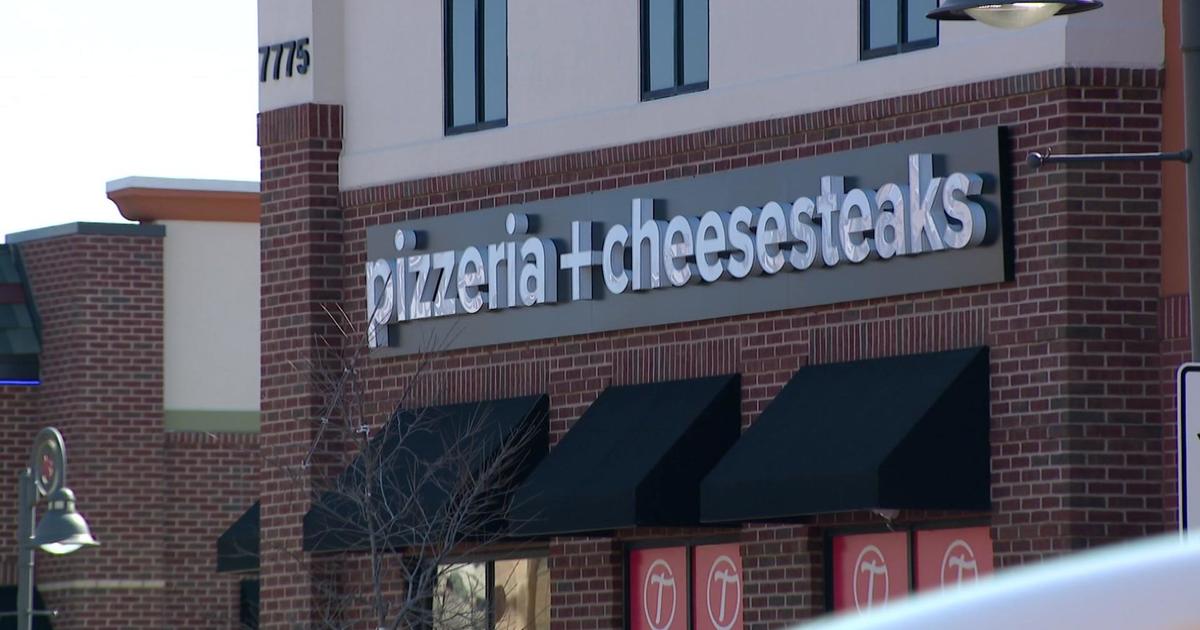Everything You Need To Know About Minnesota's Presidential Primary On March 3
MINNEAPOLIS (WCCO) -- Minnesotans will be voting in a March 3 presidential primary for the first time in decades. It's part of a Super Tuesday showdown for national Democrats that could go a long way to determining their official nominee.
Seventy-five national convention delegates from Minnesota are up for grabs and 1,357 overall in the 14 states and 2 territories holding primaries that day. That's 35% of all of the Democratic convention delegates at the party's national convention in Milwaukee this summer.
Over the last few decades, Minnesotans have chosen their presidential candidates through a caucus system. Unlike primaries, a caucus is more of a discussion, requiring voters to publicly debate with their neighbors over which candidate(s) should be awarded presidential delegates by their precinct.
WATCH: The Caucus System Explained In 1-Minute
Nearly all caucuses throughout the state are held at the same time, typically in the evening.
Critics of the caucus system find the process to be unfair, limiting voters who may work nights, don't have transportation or simply can't vote on that day.
In 2016, legislation was passed to establish a presidential primary in Minnesota. The push to replace the caucus system came after voters expressed frustration with overcrowding and long lines at caucus sites across the state.
READ MORE: Dayton Signs Bill Switching Minnesota To Presidential Primary
A primary also awards presidential delegates to candidates but does so through a more traditional election where voters cast their ballots in private. At each party's National Conventions, those delegates then choose a nominee for their party.
So How Will Things Be Different On March 3?
Well for starters, voters will now have more flexibility.
"Instead of having just one hour on one night to vote, Minnesotans will now have access to many of the benefits they've come to expect from our regular election process," Minnesota Secretary of State Steve Simon said back in 2016 after legislation was passed to make the switch.
Come March 3, Minnesota voters will be able to visit their polling place at a time convenient for them. They also have the option to vote absentee, or vote prior to March 3 by requesting an absentee ballot.
Another huge change is that voters will be required to identify which party they plan to vote for in the general election.
RELATED: 4 Political Parties Will Know Which Party You Voted For In The Upcoming Minnesota Primary
Both parties will have their own ballot and the ballot voters choose will be publicly recorded. That information is then provided to the chair of each major political party; however, the specific candidate a voter selected will not be documented.
How To Vote Early In Minnesota
Concerned you won't make it to your polling station on election day? No problem!
There are two ways to vote early in Minnesota. Both of them involve an absentee ballot.
The first way to vote early involves going to your local county election office in person. There, the election officials will give you an absentee ballot to fill out directly.
For the second method, you can mail in your absentee ballot. After you request an absentee ballot online, the county election office will send you one, which you can fill out and return via mail, fax, or email.
Changing Your Vote
If you voted early but want to change your mind, you can request a replacement ballot up to seven days before the Presidential Primary.
You can go to the Early Vote Center and ask to fill out a new absentee ballot. The election officials will spoil your old ballot, and will record your new vote.
What Else Should I Be Aware Of?
Now that Minnesota is holding a primary to determine its presidential delegates, the cost to hold the election falls on taxpayers. Based on a survey from the office of the Secretary of State, the cost to administer the Presidential Nomination Primary is $11.9 million.
In comparison, under a caucus system, each major political party is expected to pick up the tab for their caucus.
One other thing to note, if your precinct awards presidential delegates to a candidate that drops out of the race, those delegates are still bound to that candidate, according to the Minnesota DFL. The exception to this rule is if a dropped out candidate releases their delegates, allowing them to vote freely at the National Convention.
Will Any Other Offices Be On My Ballot?
No. On March 3, Minnesotans will only be voting for a presidential candidate to represent their party in November. A separate primary will be held in August for other state offices.
Also, the state will still hold precinct caucuses for other party business. This will be held on Tuesday, February 25. To learn more click here.
RELATED: Learn More About The 2020 Presidential Candidates
Minnesota's presidential primary falls on Super Tuesday, when the largest number of states hold presidential primaries or caucuses. Alabama, Arkansas, California, Colorado, Maine, Massachusetts, North Carolina, Oklahoma, Tennessee, Texas, Utah, Vermont and Virginia will hold primaries on March 3. More than one-third of the Democratic delegates are at stake that day.
For more information on Minnesota's presidential primary, please check out our voter resources below:
Voter Resources
- Still need to register to vote? Click here.
- Click here to find out where you can vote.
- Can't vote on election day? Find out other ways to vote.
- Are you a new voter? Here are some tips.
- Click here to learn more about polling place rules.
- Need assistance voting? Learn more here.



